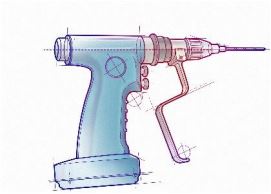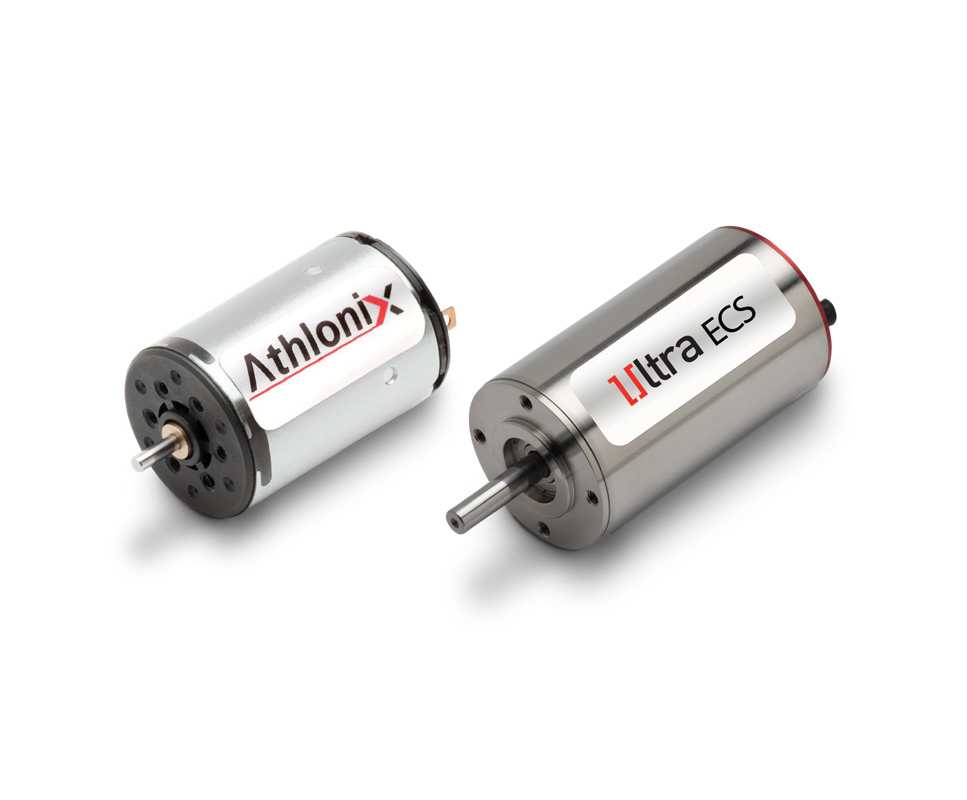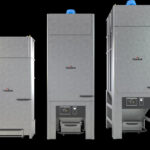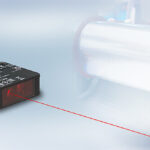As the latest generation of surgical power tools enable even greater capabilities to improve patient outcomes, there’s an increased need for their designers to consider the motion system that drives them. The performance of the motor, gearbox and controls is not only vital to the surgical outcome, but wider aspects such as ease of use and the lifespan of the power tool itself, which also depend on the specification of the motion system. To develop state-of-the-art surgical power tools, the latest motion system design trends should be considered.

Selecting the most appropriate motion solution remains vital for a durable
surgical tool design.
The use of motorised power tools in surgical theatres around the world has directly improved patient outcomes by optimising the precision and speed of procedures. These power tools have also enhanced the ease of use for surgeons, as well as sped up the process to increase patient throughput and reduce waiting times.
As the latest generation of power tools, from hand-held devices to robotic designs, aim to further enhance these advantages, greater emphasis is placed on the need to optimise their motion systems. The capability of the motor, gearbox and controls directly impact the performance of the power tool, including its precision and speed. The motion system affects wider criteria for the overall device from ergonomic considerations through to its lifespan and ease of design integration.
Minimally invasive surgery
Minimally invasive surgery results in a shorter recovery time for patients, with less scarring and reduced blood loss. It can also reduce the overall procedure time, allowing surgeons to treat a higher number of patients and, potentially easing pressure linked to surgical staff shortages. For the power tools involved, they require a smaller footprint to be able to access extremely compact locations. They also have to be extremely precise and offer high manoeuvrability for working across a more compact area.
BLDC (brushless DC) motors offer this level of precision and high-speed motion as a result of a design involving an electronic controller, enabling greater accuracy over speed and torque modulation. With diameters as small as 12 mm, all the way up to 90mm, BLDC motors are very compact, hence highly suitable for the application. Alternatively, coreless DC brushed motors provide a design that offers smooth torque delivery with low vibration, also within a compact and lightweight footprint.
The easier the tool is to handle, the better equipped the surgeon will be to achieve a precise outcome for the patient. While ‘keyhole surgery’ requires smaller surgical power tools, further improvements in device ergonomics with the right form factor, combined with minimal size and weight, can further enhance surgical control. As hand-held tools are usually battery driven, an efficient power solution will also contribute significantly to the ease-of-use of a device.
Robot-assisted surgery
While robot-assisted surgery does not have the same ergonomic demands as procedures completed by human surgeons, the motion system that drives robotic effectors still has to be sufficiently compact and lightweight. Robotic arms and instruments must fit through small incisions, and a compact motion solution also improves efficiency.
The key advantage of robot-assisted surgery is even greater accuracy, so precise control of motor movements is essential to ensure exact positioning and highly controlled movement of robotic arms and instruments. The motors must be capable of providing sub-millimetre and sub-degree accuracy, so BLDC technology is frequently specified. Multi-axis motion solutions are used for many robotic joint applications, and these place greater demands on the controller, which is required to coordinate several motors through dynamic, 3D motion.
Durability
Whether the surgical power tool is hand-operated or robot-controlled, the device must be sufficiently durable. This is essential for patients’ safety during the procedure, and in long term, to enhance the overall lifespan of the tools. Selecting the most appropriate motion solution remains vital for a durable surgical tool design.
Material selection, such as anti-corrosion motor casings, through to high-performance magnets, will contribute significantly to the lifetime of the motion solution, especially within the rugged surgical environment. The specific demands of each application will also determine the choice of specification regarding durability because of the varying advantages of each technology type. For example, while a BLDC motor minimises mechanical friction and wear, a brushed DC motor does not require electronic controls, minimising the need to maintain these external devices.

Specific and project planning
For modern surgical tools, and certainly those of the future, the higher degree of performance requirements results in greater specialisation and demand on design integration. For example, to achieve increasingly compact and lightweight solutions, a high torque-to-weight ratio is necessary, so it is crucial to correctly size the motor to an exacting degree. As the motion solution footprint has a direct impact on the overall size of the tool, it is vital to understand performance requirements, including speed and torque, to enable a more accurate specification to be achieved earlier in the design phase.
OEM design teams of every surgical tool typically require various elements of motion customisation, whether that relates to the performance of torque delivery and control, ergonomics, or mechanical integration. While motion designers like Portescap can facilitate these needs, early collaboration in the project timescale is key to optimising the design. This not only ensures the best outcome in terms of the ultimate performance of the tool, but it can streamline the project, enabling a faster time to market and a lower cost of development.







